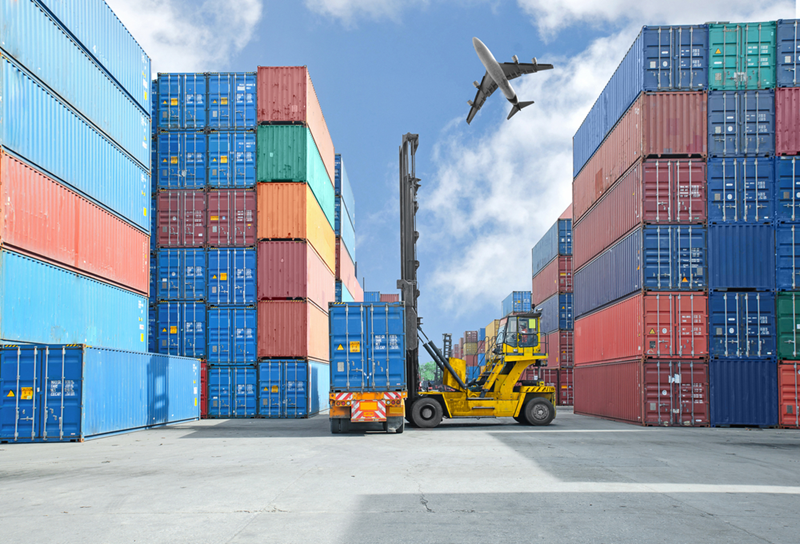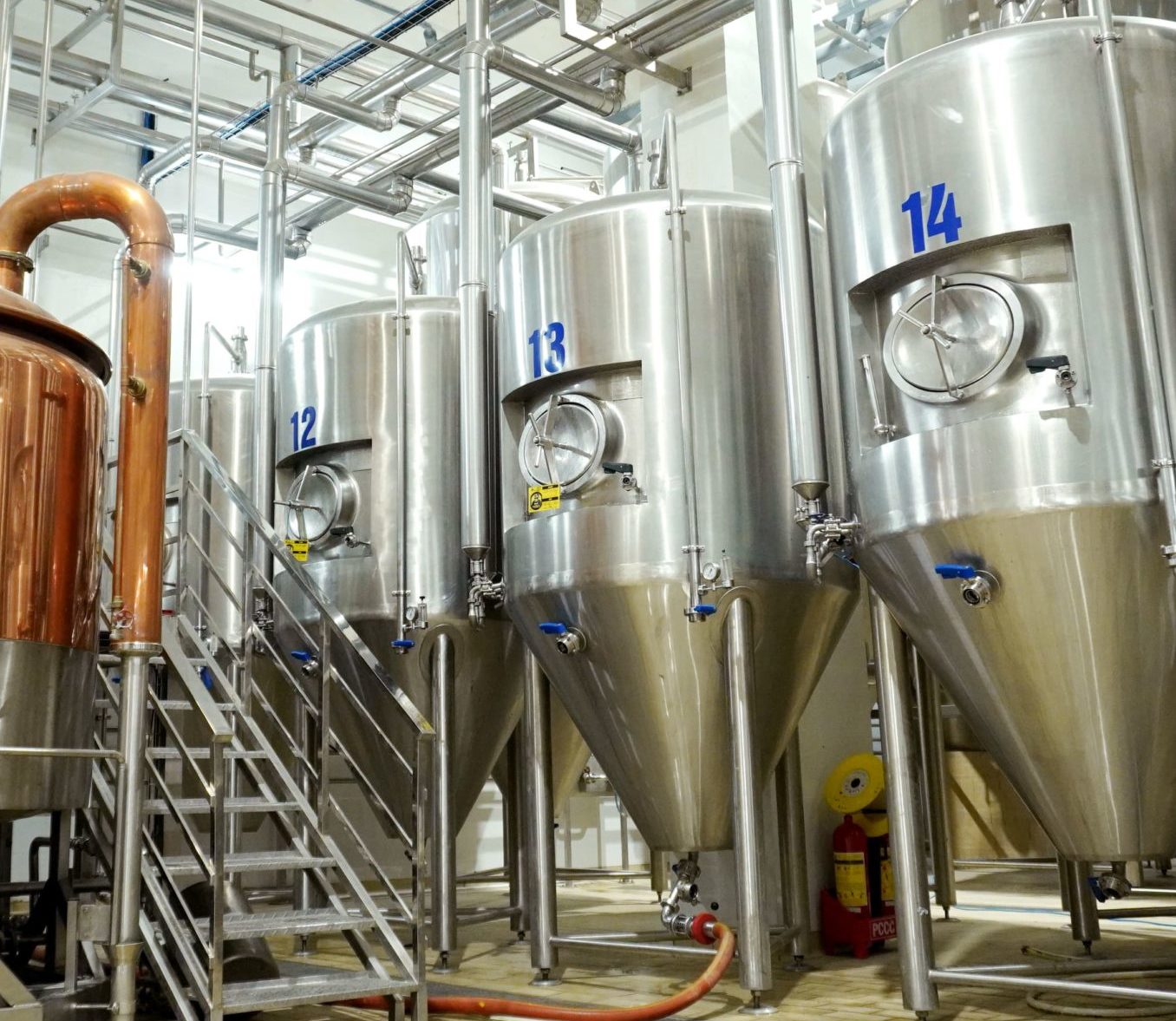Discovering how to determine your beer production costs is necessary to properly price your beer.
Understanding how to determine your beer production costs is the first step on the road to profitability. Joe Satran of The Huffington Post broke down why some 6-packs of craft beer go for upwards of $12. Based on his findings from a small sample size of just over a dozen breweries, costs for a standard 6-pack could break down like this:
- Malt: $0.65
- Hops: $0.53
- Yeast (Assuming 4 Uses): $0.13
- Labor: $0.15
- Packaging: ~$1.50
- Brewer’s margins: $0.91
- Shipping: $0.67
- Excise Taxes: $0.23
- Distributor mark-up: $2.73
- Retail Markup: $3.75
- Sales Tax: $0.79
- Barrel Aging (optional): $1.00
How do your brewery production costs stack up? Are your numbers, like costs, margins and markups readily accessible? Understanding components, fluctuating costs, the difference between Cost of Goods Sold (COGs) and a Bill of Materials (BoM), and how they’re all connected will provide a clearer picture.
It would be a mistake to assume that “My beer cost $8 in ingredients per 6-pack, so I’ll sell it for $10…”. Guessing the price of your beer is a recipe for disaster and why so many startup breweries often fail. The Bill of Materials (BOM) is just a subset of the Cost of Goods Sold (COGS). It doesn’t account for indirect costs. If you aren’t selling your beer for more than your COGS, you’ll be losing money and go out of business. More on that below.
understanding how to determine your beer production costs enables you to:
- Make informed decisions regarding your margins
- Accurately price beer & respond to market trends
- Go-to-market faster with new products
- Thrive in an increasingly competitive market
Here are some starting points you can take to determine your beer production costs, and the difference between Cost of Goods Sold (COGs) and your Bill of Materials (BoM):
1. Determine costing methods
The first step to determining your beer production costs is to determine your costing methods. If you are at the stage where this data is not readily available and you are investigating brewery management software, make sure the solution you choose allows you to select various costing methods that work best for your business model.
We’ve found that the moving average valuation method defined at the item level works best for breweries. This dynamic cost accounting enables you to track real-time costs of purchased and produced items as prices fluctuate or production variances occur.
Since the moving average costs fluctuate with any new purchase, successful accounting relies upon a perpetual inventory tracking system that keeps real-time records of inventory balances. By preventing the peaks and valleys seen with other costing methods, you can always trust the accuracy of the cost of your goods.
Be sure to consult your finance professional, team, or third-party accountant for what works best for you and your business when it comes to determining your beer production costs.
2. Understand your Cost of Goods Sold (COGs)
COGs are a critical starting point for your business and a key component of curriculums like the Business of Craft Brewing Program at Portland State University, and other institutions around the country. COGs provide a fundamental benchmark that will help you understand and quantify the relationships between the ins and outs of your beers’ financial costs.
“For the financial statement, the COGS is one entry where all the product types and package types produced during the recording period are pulled together,” says Mellie Pullman, University Instructor, former consultant, and author of the book Craft Beverage Business Management, which she co-wrote with veteran brewer John Harris
Business plans looking into the future must project the mix of different brands, packages, and kegs for three years at least to get at the potential costs and revenues of the firm.
Proper COGs account for the cost of:
- All materials (Bill of Materials)
- Direct labor
- Overhead costs (rent, utilities, insurance, repairs, property taxes, interest, legal fees, supplies
3. Bill of Materials: Your Recipe for your Beer
It’s also important to understand the concept of a bill of materials (BoM) when it comes to determining your beer production costs. A BoM is a subset of your COGs. Regardless of what you use to run your brewery, whether it’s spreadsheets, databases, or brewery management software, every brewery will have recipes. BoMs are essentially your recipes that guide you through the process of what goes into your beer through every step. It includes a list of raw materials, components, and associated costs for each step (Wort, Green Beer, Bright Beer and packaged goods).
An example bill of materials for the wort stage would typically have a section for the item that will be made (Wort), and the ingredients that will be consumed. Standard BoMs should include the following:
- Product: Number, name & description
- Quantity: BBls made with the recipe, quantities of ingredients consumed
- Unit of Measure: oz, BBL, HL, etc…
- Warehouse: Tanks for liquid, warehouse for raw materials
- Ingredients: Item codes and descriptions for each ingredient
- Price: Cost of each ingredient, total cost for the liquid
- Procedures: Processes required to make this Wort
- Versions: Different versions of the recipe
** Orchestrated users can apply labor, overhead, and other indirect costs as line items on the Bill of Materials for a true cost of goods sold.
4. Tracking Fluctuating Costs & Production Variances
Once you have a good idea of your costing method and how costs are associated, the next step, in determining your beer production costs, is to address edits or price changes. What happens when hops, grains or other component costs fluctuate, or a hop gets discontinued?
What happens in production almost always differs from expectations, which is what makes accounting for beer production costs very challenging. Varying alpha acids, yeast generations, temperature fluctuations in the cellar, spillage or bottle breakage in packaging are all variable factors in your bottom line that can drastically alter your expected yield.
If you’re doing this manually, you’ll need to adjust costs of an ingredient across a fleet of spreadsheets or databases. Consider how you will update the values of these ingredients and components in real time, dynamically updating all your recipes to reflect the new cost of your finished beer. This is where the value of automation comes in handy.
“
Automate a lot of the processes you’re normally taking twice the time to do, that can free up that bandwidth for you to keep your ear to the ground. Keep your eye on what’s going on…so that you can continue to identify what the market’s wanting and bring them what they want.
Conclusion
Pricing your beer based on ingredient cost is a recipe for disaster. To run your brewery effectively with your bottom line in mind, you have to consider your true costs, your direct and indirect costs, when pricing your beer. Knowing how to determine your beer production costs through your cost of goods sold and your bill of materials is a great step to accomplishing the goal of properly pricing your beer.

A to Z step to start your own craft drink with Barett Contract brewing

(Tiếng Việt) Team building Chiến Binh Barett – Chinh phục đỉnh cao

(Tiếng Việt) Trải nghiệm tour nhà máy thông minh Barett khám phá văn hóa bia cùng BIM Group

(Tiếng Việt) 1PL 2PL 3PL 4PL 5PL: Lựa chọn dịch vụ phù hợp với mặt hàng

What is Beverage Outsourcing?
